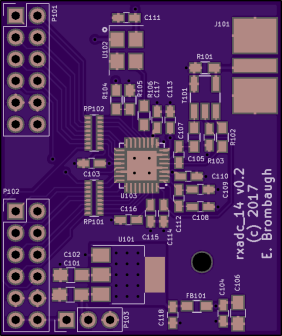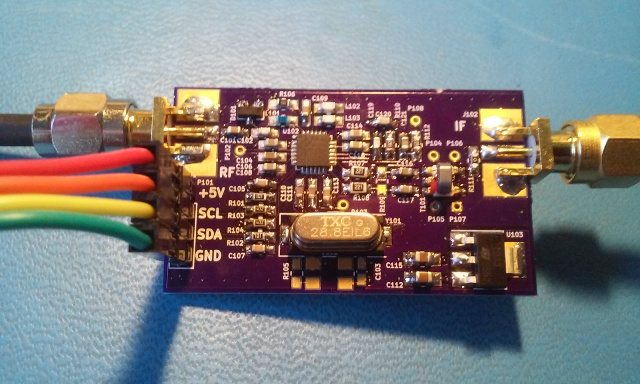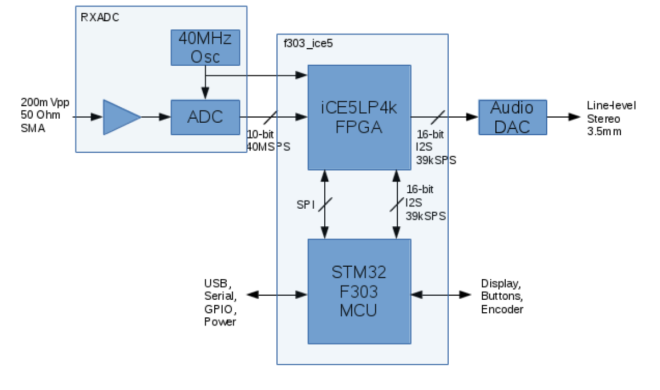Alexander Rowsell writes on the Tindie blog about a DSP-based radio that can receive SSB:
Low-cost Amateur Radio SDR Receiver
As an amateur radio operator, I am always keeping an eye out for cool new radio-related things to tinker with. Hams have a long tradition of building and designing their own radios, and it’s great to see this still happening in the digital era. This DSP-based radio can receive SSB (single sideband) over almost the entire amateur HF band. This band spans from 1.9 MHz (also called 160 meters) all the way up to 28 MHz (10 meters) and everything in between.
This is a great radio for portable use. Paired with a small CW (continuous wave, the mode used for Morse code) transmitter, it would make a great QRP set for those who love low-power Morse communication. Bandwidth can be adjusted from 500Hz to 4kHz, which is perfect for CW as well as digital modes. The designer specifically designed it to be used with the extremely popular new digital mode FT-8, and it indeed fits the specifications very well. It could also be used for many other digital modes, including PSK, RTTY, JT65, and many more! The audio output can be wired directly into any PC — even a Raspberry Pi — to enable digital reception modes.

















